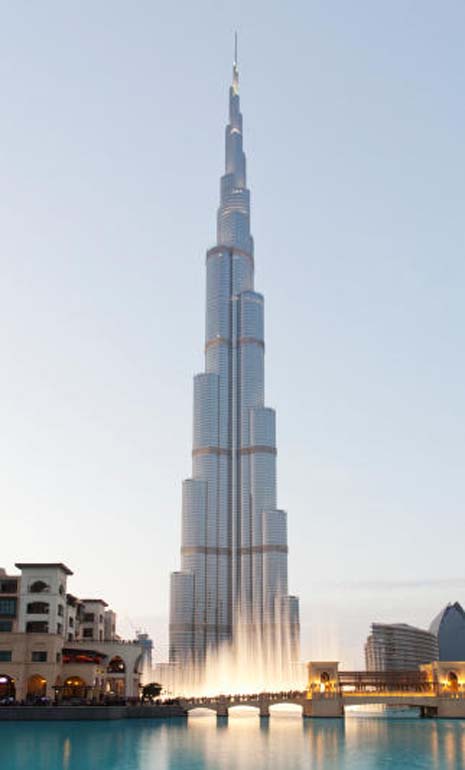After a detailed thought on needs and demands, fiscal condition, long-term plans and expectations, you need to come up to a sensible conclusion, selecting the right place that also suits your requirements. The below discussion on some cheapest places to live in the world, would prove helpful in this regard. Note that the list given below is irrespective of any order or preference.
Costa Rica - Enjoy the Hot Tropics
Costa Rica is one of the cheapest places to live in the world. This beautiful country is furnished with scenic landscapes, various climatic zones, and plenty of wildlife variety. The only thing you need to keep in mind is the hot tropical climate, which might irritate some people! Generally, USD 500 - USD 700 per month would be more than enough to reside in a shared accommodation. San Jose, the headquarters of Costa Rica, is also cheap, with inexpensive transport services, low cost of living and household amenities. The further you move away from central San Jose, the cheaper life gets!
Caribbean - Sunny Days and Vibrant Nights
Caribbean is a world popular destination for tourism. Millions of tourists visit this part of the world every year! But did you know that the Caribbean is also amongst the cheapest places to live in the world. The place is full of hotels, luxury resorts, guest houses, etc., and the only forms of settlements belong to age-old groups. However, once you go there, you could find agents helping you out in finding a home for yourself. You can get a nice cottage at a mere sum of USD 25,000, which is a one-time investment!
Belize - Simply Great
Belize, located in Central America, offers a lot of natural variety along with a cheap cost of living! English being the official language, makes things simpler. Accommodation for people preferring to stay alone might cost around USD 300 - USD 500 per month, whereas, for people comfortable at sharing accommodation with a couple of folks, the deal would be more reasonable, at around USD 100 a month. Local groceries are cheap, and a tax-free living for retirees makes thing even cheaper. There's another thing, Belize receives wet and dry seasons, therefore do not expect the weather to be sunny or cloudy all the time.
Romania - Europe's Cheapest
Romania! A beautiful place, with exotic beaches, dark forests, medieval settlements and large mountains. Romania is certainly amongst the cheapest places in entire Europe. The city's capital metro Bucharest is an epitome of many samples of neoclassical architecture, and consists of many good discotheques, restaurants, hotels, nightclubs, and on top of that, you could find plum brandy and cheap wines flourishing everywhere. Romania is also one of the cheapest real estate locations in the whole of Europe.
Cambodia - Rich in Culture and Tradition
Well, exotic beaches, vibrant nightlife, discotheques, and restaurants might not be the promoting features of Cambodia. However, the place is one of the prime contenders when it comes to cheap living cost! Phnom Penh, the capital of Cambodia, has accommodation options that cost around just USD 500 - USD 600 per month, and sharing them with travelers makes them even cheaper, costing around USD 200 a month. Food is also relatively cheap, and a meal would cost you somewhere around USD 1 - USD 2. The normal means of transportation, the Tuk Tuk, is very economical too and saves you a lot of money going around the place.








